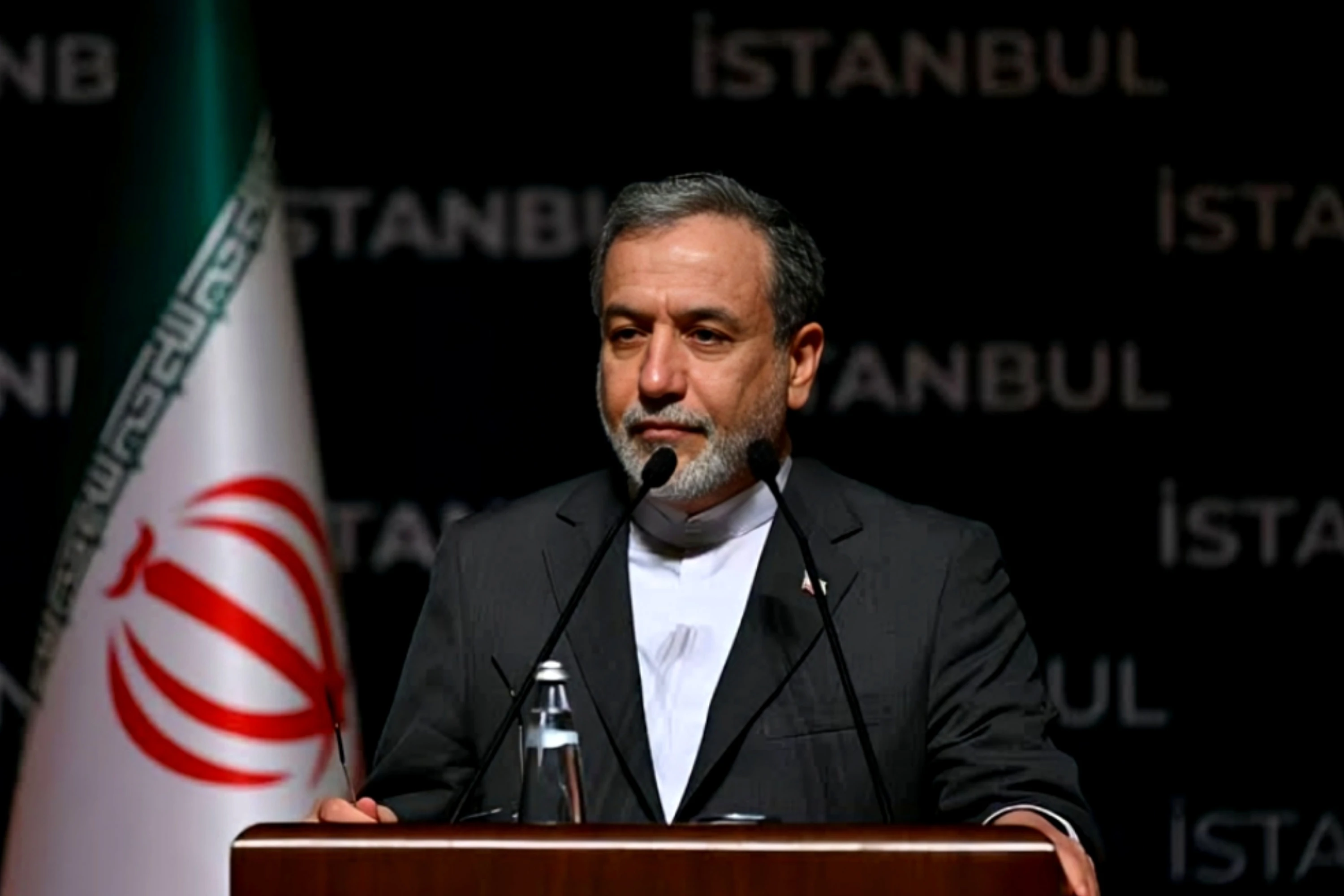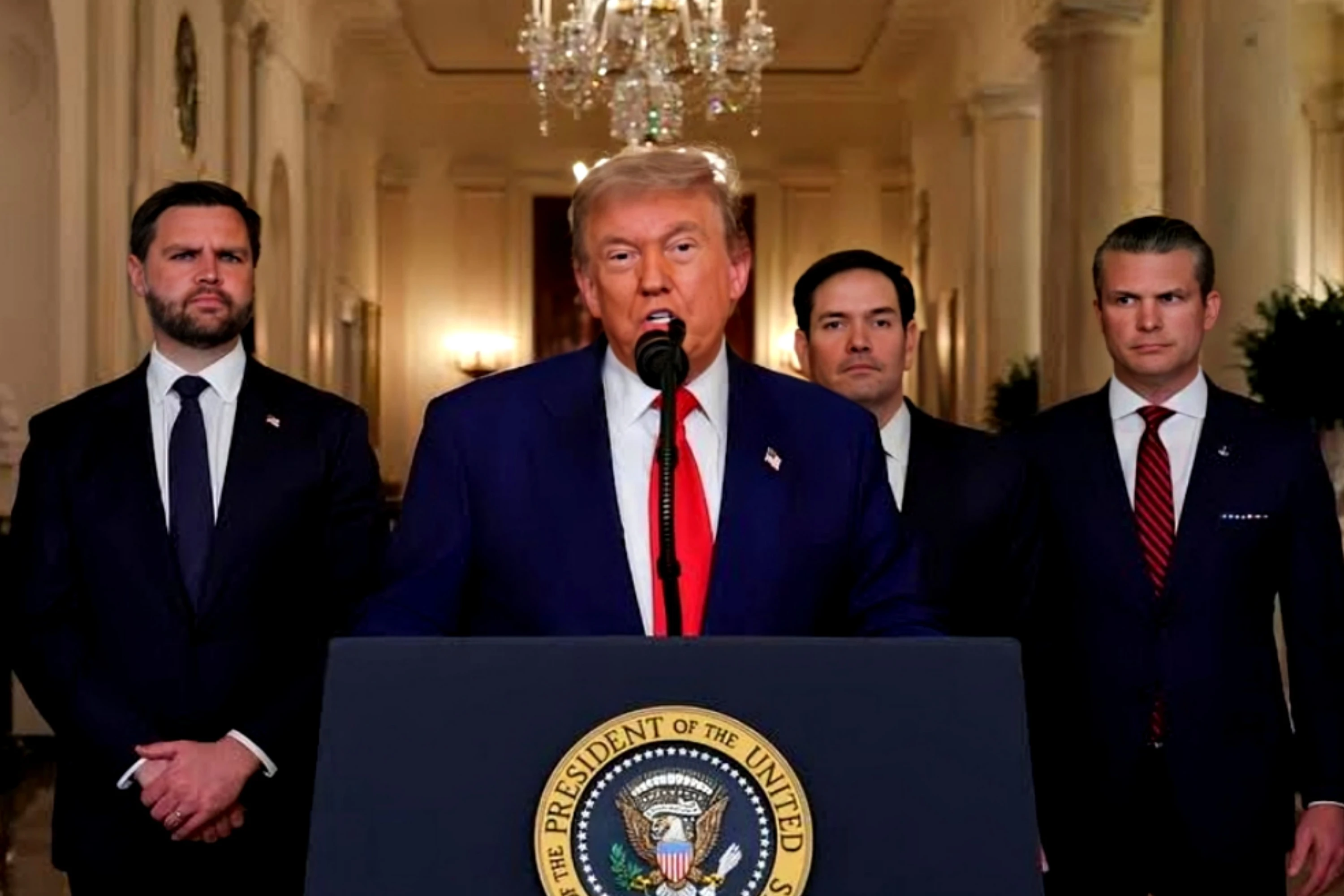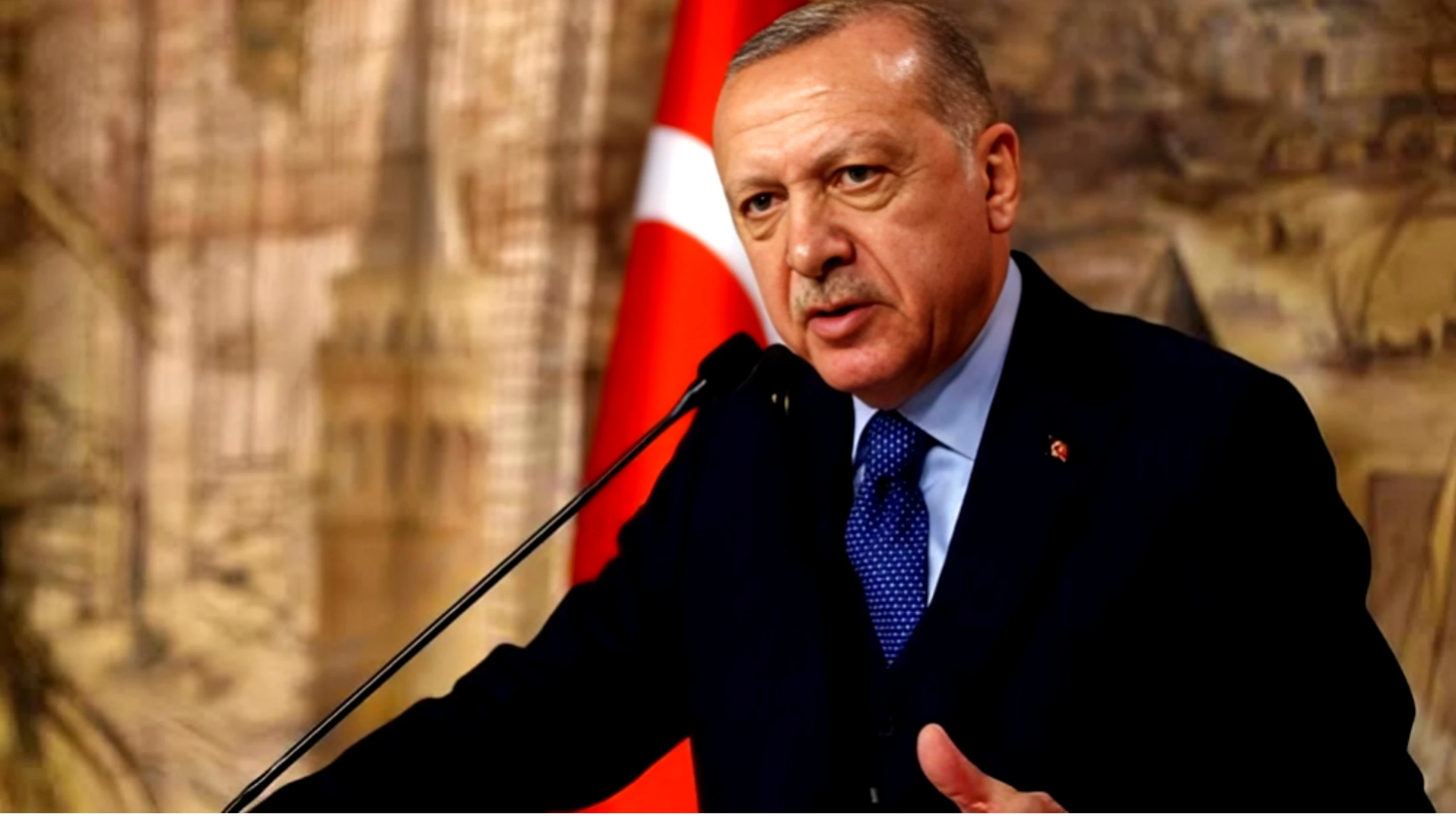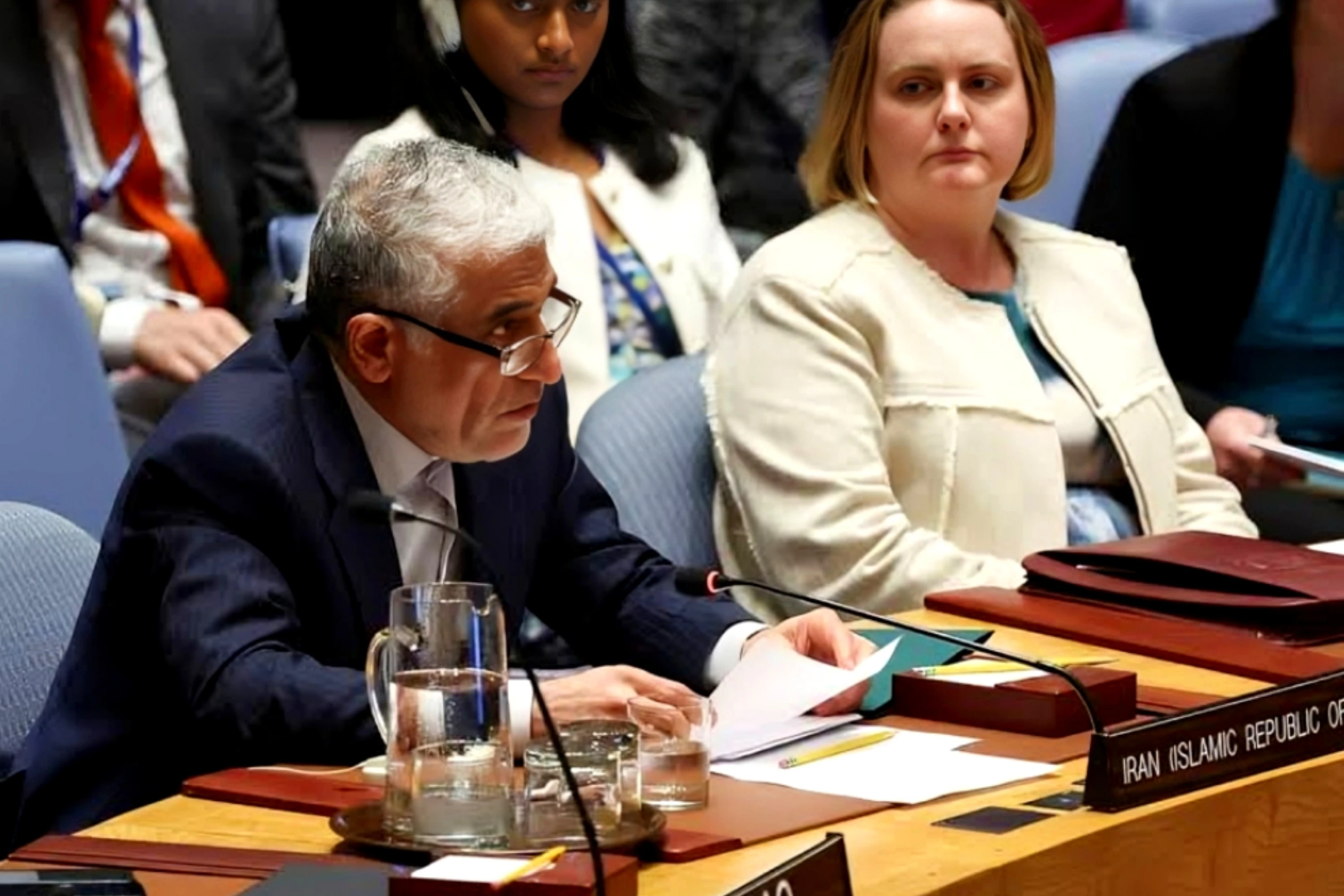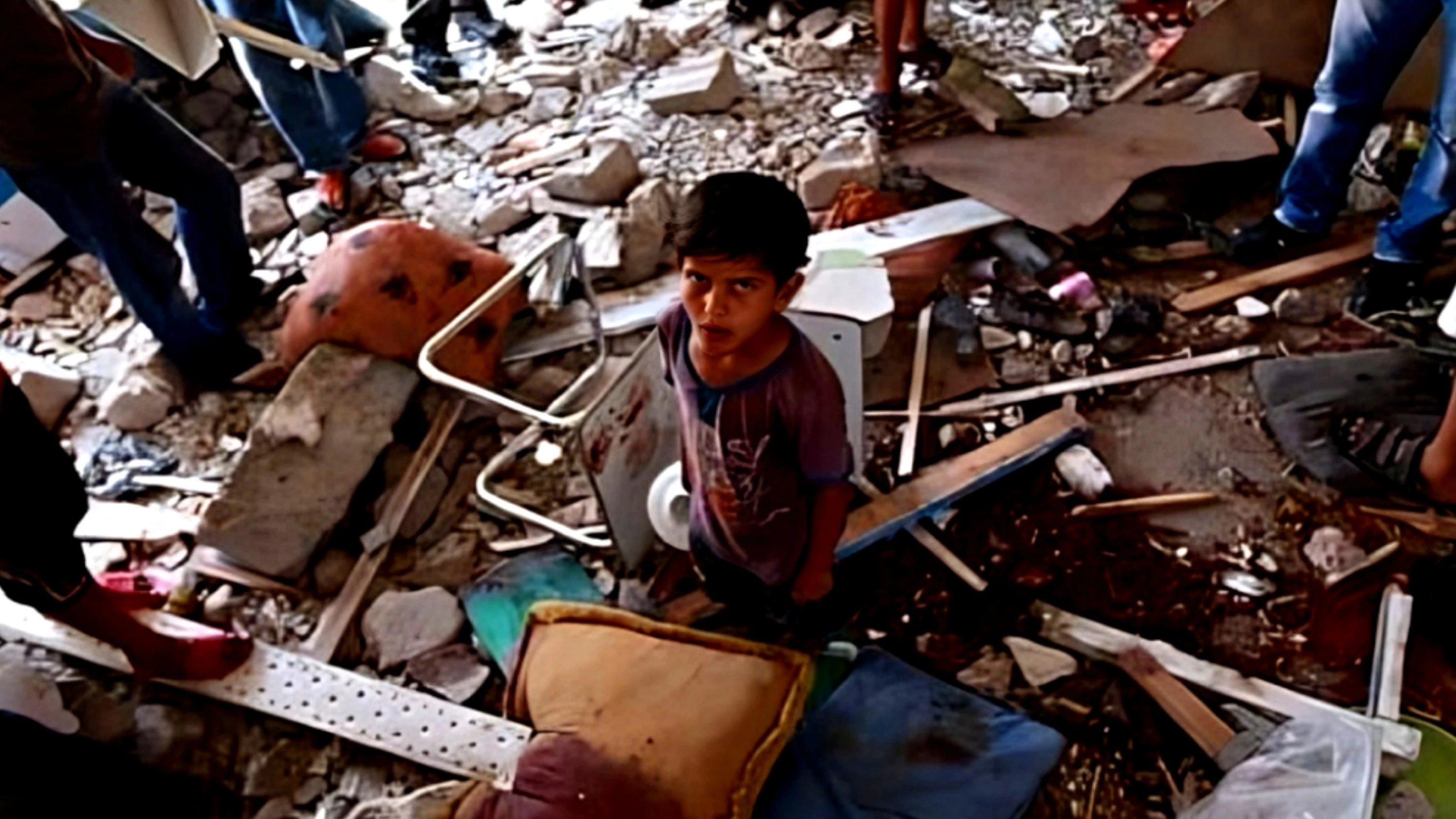Washington: U.S. Defense Secretary Pete Hegseth on Sunday stated that recent American airstrikes on Iran’s nuclear facilities were not intended to trigger regime change. He emphasized that Washington had quietly reached out to Tehran, urging dialogue in the wake of a dramatic escalation in the region.
The operation, dubbed Midnight Hammer, was conducted under tight secrecy. Only a select group of senior officials in Washington and at the U.S. Central Command headquarters in Tampa, Florida, were aware of the plan.
General Dan Caine, Chairman of the Joint Chiefs of Staff, detailed the mission: seven B-2 stealth bombers flew non-stop for 18 hours from the U.S. to Iran, where they dropped 14 powerful bunker-buster bombs on three critical nuclear sites. In total, the strike involved 75 precision-guided munitions — including more than two dozen Tomahawk cruise missiles — and over 125 military aircraft.
Initial assessments suggest the targeted sites were severely damaged, though Caine refrained from confirming whether Iran’s nuclear program had been completely crippled.
“This was a limited, strategic operation aimed at neutralizing threats to U.S. national interests — not about toppling the Iranian regime,” Hegseth told reporters at the Pentagon. He added that American forces were prepared to defend themselves if Iran retaliated.
The airstrikes come amid an already volatile regional backdrop, with ongoing conflicts in Gaza and Lebanon, and the political collapse in Syria. The strikes pushed tensions to the brink of a broader war.
In retaliation, Iran launched missiles at Israel, injuring dozens and damaging infrastructure in Tel Aviv. However, despite earlier threats, Tehran has so far avoided directly targeting U.S. assets or blocking the Strait of Hormuz — a crucial waterway for global oil supply.
Nonetheless, Iran’s parliament has approved a proposal to shut the Strait, with final authorization pending from the country’s top security council, according to Iran's state media. Meanwhile, U.S. Secretary of State Marco Rubio urged China to use its influence to discourage Tehran from following through on this step.
To mitigate the risk of retaliation, the U.S. military has already repositioned some forces in the region, including relocating aircraft from Qatar’s Al Udeid Air Base and moving naval assets from Bahrain, home to the Navy’s 5th Fleet.
General Caine noted that U.S. forces across Iraq and Syria have been placed on heightened alert, warning Iran against any miscalculation. “Any hostile action will be met with a swift and decisive response,” he said.
Nearly 40,000 American troops remain deployed across the Middle East, supported by advanced air defenses and naval capabilities.
The strikes mark a significant shift for President Donald Trump, who had long resisted deeper military engagement abroad. By backing Israel’s offensive and directly targeting Iran’s nuclear infrastructure, Trump risks further escalation — including the possibility of Iranian proxy attacks on U.S. and Israeli interests worldwide.
While warning Tehran of the consequences of further aggression, Trump said Iran now faces a clear choice: seek peace or endure continued U.S. military pressure.
Hegseth reiterated that the mission was limited in scope and not intended as an open-ended conflict. “The president has been clear — this is not a campaign without end. But we will respond as needed,” he said.




